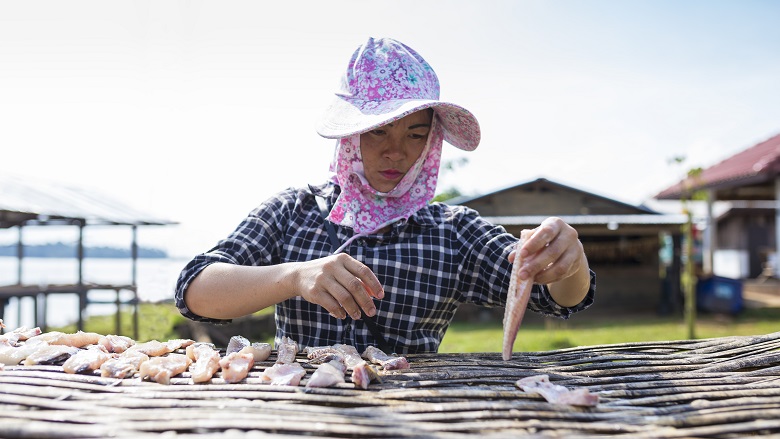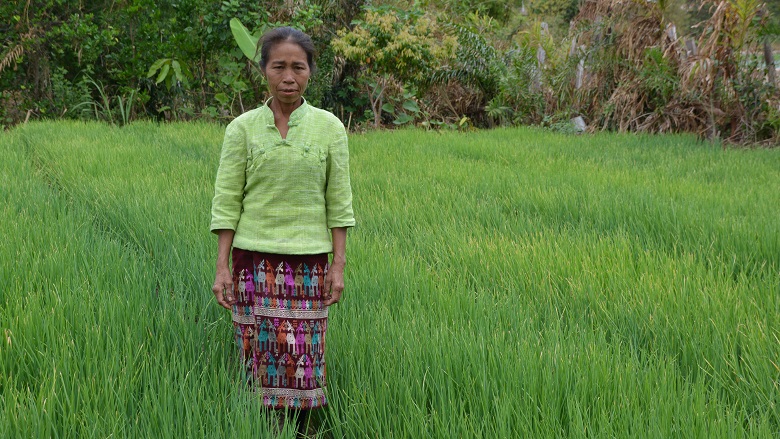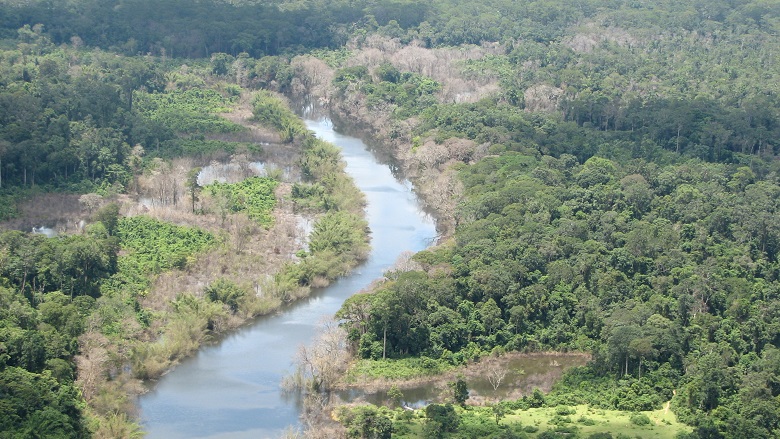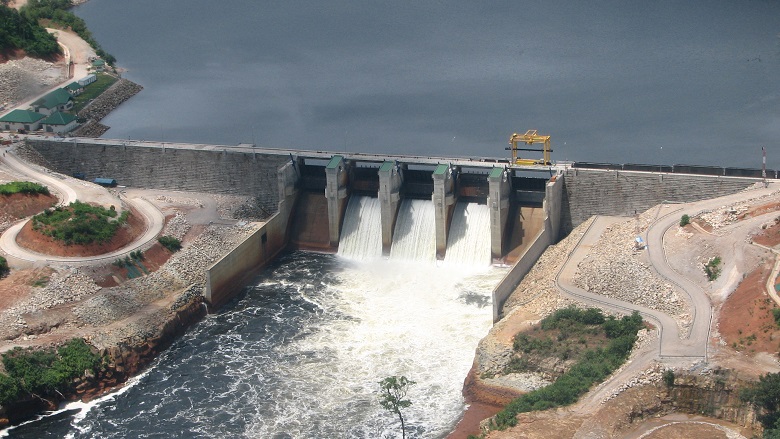Results
Some of the key project results include:
- 100% of NT2 revenues received by the government ($180 million) since the start of commercial operations of the hydropower project (between 2010 and 2017) allocated to priority poverty reduction and environmental management programs. The largest sectors supported were education (36%), health (34%), and energy and agriculture (10%). Programs supported include a Free Maternal and Child Health Scheme, Health Equity Fund, Poverty Reduction Fund, and School Block Grants, among others.
- Families who were resettled from the reservoir area, with a total of 6300 people, doubled their income. Savings rates increased from 21% of households in 2006 to 99.6% in 2017.
- Resettled communities were provided with improved village infrastructure, including 1,330 houses, 270km of paved roads, 17 primary and 16 nursery schools, 2 health centers, and an upgraded district hospital.
- Resettled families benefited from improved health and education. Between 2006 and 2017, school enrollment increased from 31% to 94% at primary level and 7% to 31% at secondary level. Stunting is down from 43% to 34% and child mortality dropped from 120 to 50 per 1,000 births.
- Approximately 100,000 people living in areas downstream of the project were compensated for lost land and provided with infrastructure and livelihood training between 2008 and 2012.
- The Nam Theun 2 watershed area was brought under enhanced biodiversity protection, and forest cover was preserved. However, the area still experienced a loss of biodiversity due to continued pressures of illegal extraction. The national protected area was converted into a national park in March 2019.

Bank Group Contribution
The World Bank played a key convening role throughout the project for bringing together financial partners, communicating with international stakeholders, and facilitating dialogue and monitoring of the project. The International Development Association (IDA) provided US$20 million of financing to the Nam Theun 2 Social and Environment Project (2005-2017).
An IDA partial risk guarantee of US$50 million covers private lenders, or investors through shareholder loans, against the risk of a government (or government-owned entity) failing to perform its contractual obligations with respect to a private project.
Engagement by the Multilateral Investment Guarantee Agency (MIGA) helps promote cross-border investment in developing countries by providing guarantees – political risk insurance and credit enhancement – to investors and lenders. These guarantees protect investments against noncommercial risks and help investors obtain access to funding sources with improved financial terms and conditions. MIGA provided $91 million in political risk insurance for NT2.
Partners
The World Bank played an enabling role in the project financing plan with partial financing of government equity and an IDA guarantee that leveraged the presence of other financiers, including the Asian Development Bank (ADB), Agence Française de Dévéloppement (AFD), the European Investment Bank (EIB), and European and Thai export credit agencies. The international financial institutions, project proponent (Nam Theun 2 Power Company) and Lao government (at all levels) worked together throughout project implementation, particularly in the final years, through a Joint Working Group.
Moving Forward
The Nam Theun 2 Project closed in December 2017, but several initiatives will continue the important work of community development. In the resettled villages, communities are still working closely with the local government to determine the best use of forest resources to support their livelihoods. Since the expansion of livelihoods takes many years, a Nam Theun 2 Development Fund will continue to support the villages, while funding will continue to be set aside for maintaining communal infrastructure. Agence Française de Développement is financing a project to focused on helping villagers implement improved agricultural practices. In the national protected area, the transition to a national park ensures its role in Lao conservation, supported also by a country-wide IDA-financed project – the Second Lao Environment and Social Project (LENS2). Revenue to the government will continue, rising steeply in 2035 when the concession agreement concludes, and the government assumes 100 percent ownership of the hydropower operations.
Words from Beneficiaries
Madam Keoula Souliyadeth has been working on the NT2 Resettlement Management program for over 20 years. She is the former Vice President of the Lao Women’s Union in the province and has always put gender issues at the heart of her work. “Before moving to the new area, these villagers lived in very remote areas with no proper road access. Empowerment and even sharing information was challenging, particularly for women. Women were not educated. They did not understand some concepts related to healthcare and childcare. Women were usually left out of village meetings or discussions due to their lack of education and perceived lack of understanding,” she explains. “Now, women have better access to information. They know they have the right to decide for themselves. They can choose how they want to lead their lives. Learning about healthcare and family planning has been a turning point for women.”

Ms. Aeng moved from her old village for the hydropower project, and now makes a living farming organic vegetables. “I grew crops like chili and herbs in my old village, but only enough for my family,” she explains, “I didn’t sell anything because there was no market.” After moving, agricultural technicians trained villagers in new techniques to help them adapt to different conditions. Ms. Aeng was very interested in learning to build greenhouses. “This way, I am able to sell vegetables during the rainy season when the market price of vegetables is higher.”



